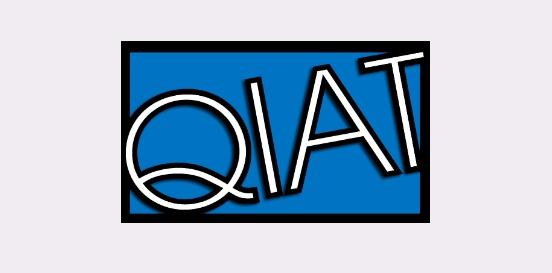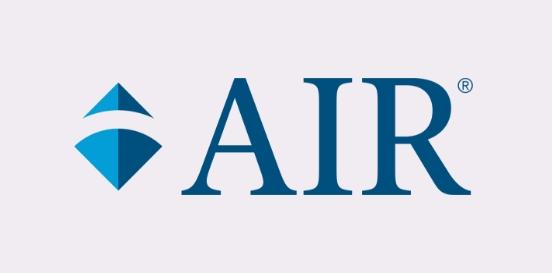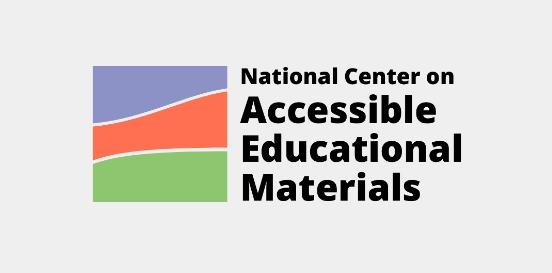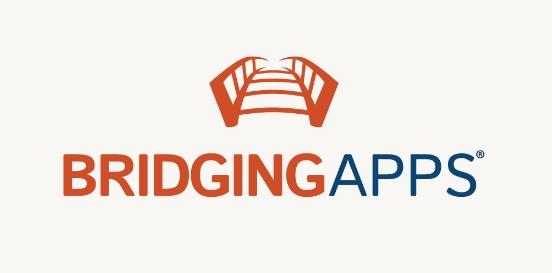Real-time Captioning
Real-time captions, or Communication Access Realtime Translation (CART), are created as oral language takes place.
Considerations
Take the following considerations into account when selecting and implementing AT to ensure that the chosen tools are well-suited to the student’s needs, align with their goals, and seamlessly integrate into their educational journey. By embracing a collaborative approach and considering the specific skills, tasks, and implementation context, educators can provide students with the necessary support to thrive academically and functionally, promoting inclusivity and fostering their overall success.
Skills and Tasks What skills or tasks will the student utilize this tool for? What areas, functional or academic, does this tool support?
Reading of spoken words in different environments
Implementation Context In what activities, classes, or environments will the student utilize this tool?
Real-time captioning, also known as live captioning or CART (Communication Access Real-time Translation), can be incredibly beneficial for students as assistive technology in various ways:
- Accessibility in Lectures and Classes (in-person and virtual): Real-time captioning allows students who are deaf or hard of hearing to follow lectures and classroom discussions more easily. They can read the captions in real-time, ensuring they don't miss any important information.
- Improved Comprehension: Some students, even those who do not have hearing differences, may find it easier to understand complex topics by reading along with the captions as they listen to the instructor. This can enhance comprehension and retention of material.
- Language Support: For students whose first language is not the language of instruction, real-time captioning can provide additional support by providing a written transcript of spoken content, aiding in language comprehension and learning.
- Review and Study Aid: Captions can serve as valuable study aids by providing a written record of lectures and discussions. Students can review the captions after class to reinforce their understanding of the material or catch up on anything they may have missed.
- Participation in Group Discussions: Real-time captioning can facilitate participation in group discussions and collaborative activities for students who are deaf or hard of hearing. They can follow along with the conversation in real-time, contributing their thoughts and ideas more effectively.
- Flexibility and Customization: Real-time captioning can be customized to meet the individual needs of students, such as adjusting font size, color, and display preferences. This flexibility ensures that the technology is tailored to each student's unique requirements.
- Empowerment and Independence: By providing access to real-time information through captions, students gain a sense of empowerment and independence in their learning. They can engage more fully in educational settings without relying solely on others for information.








